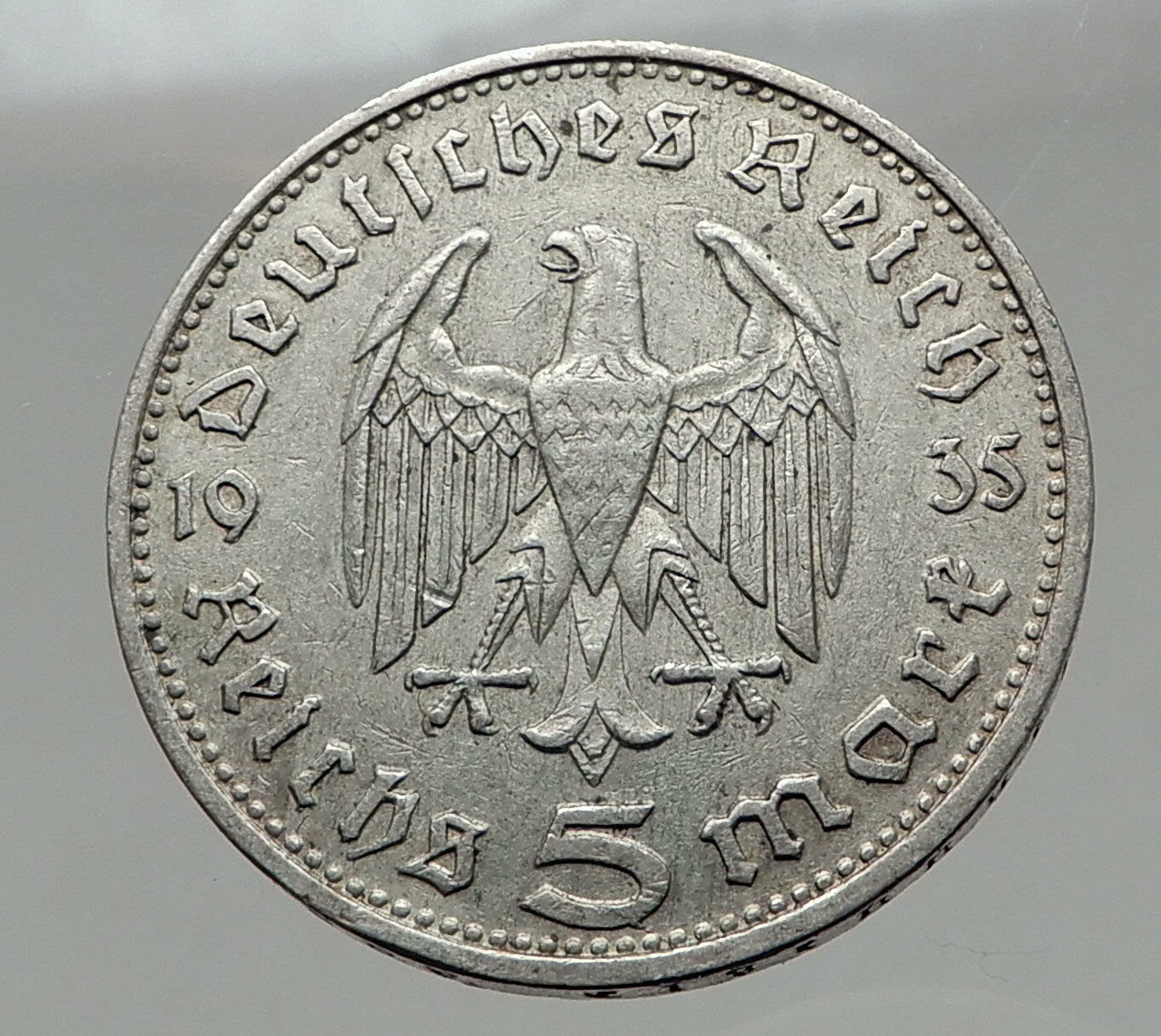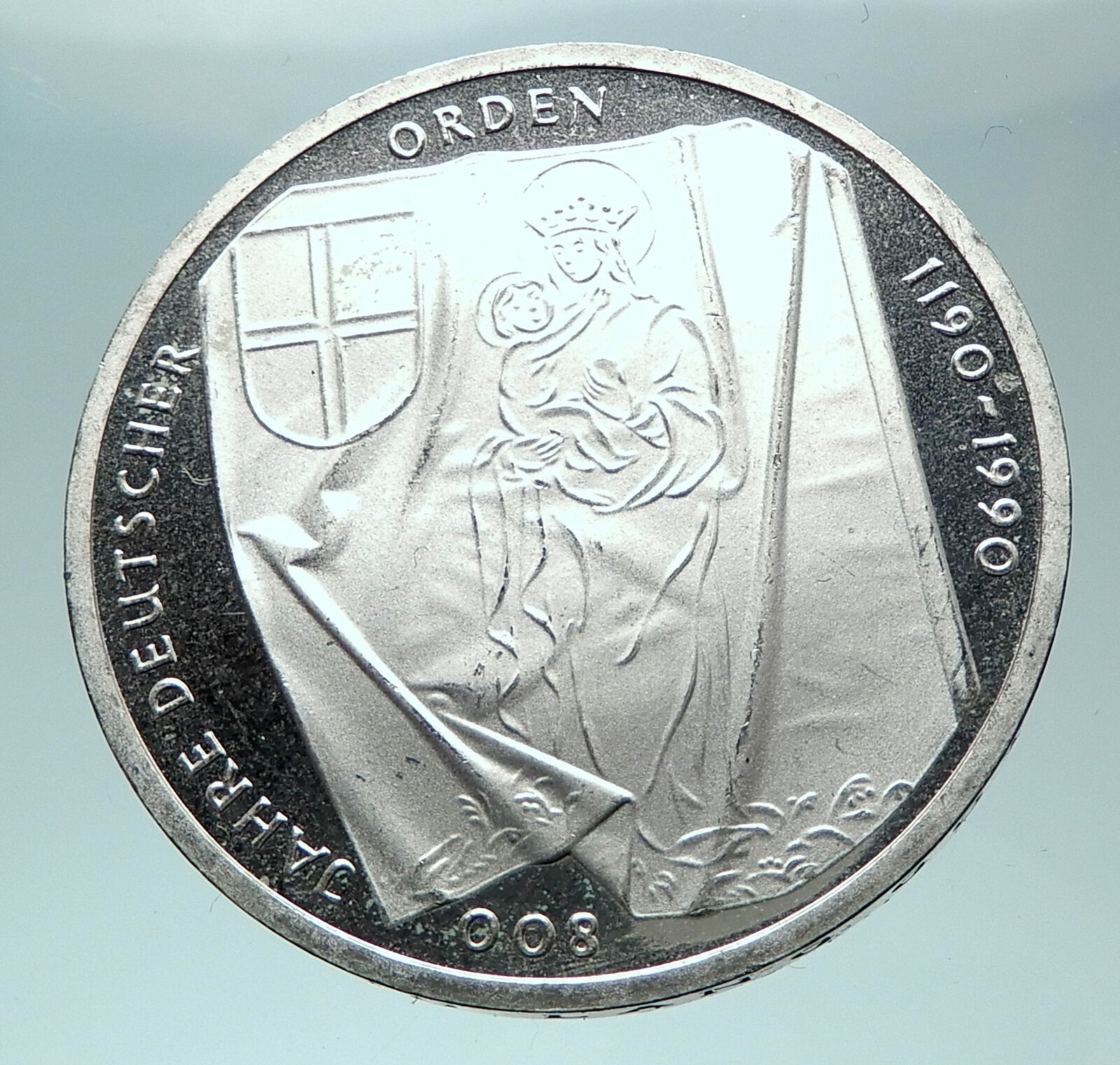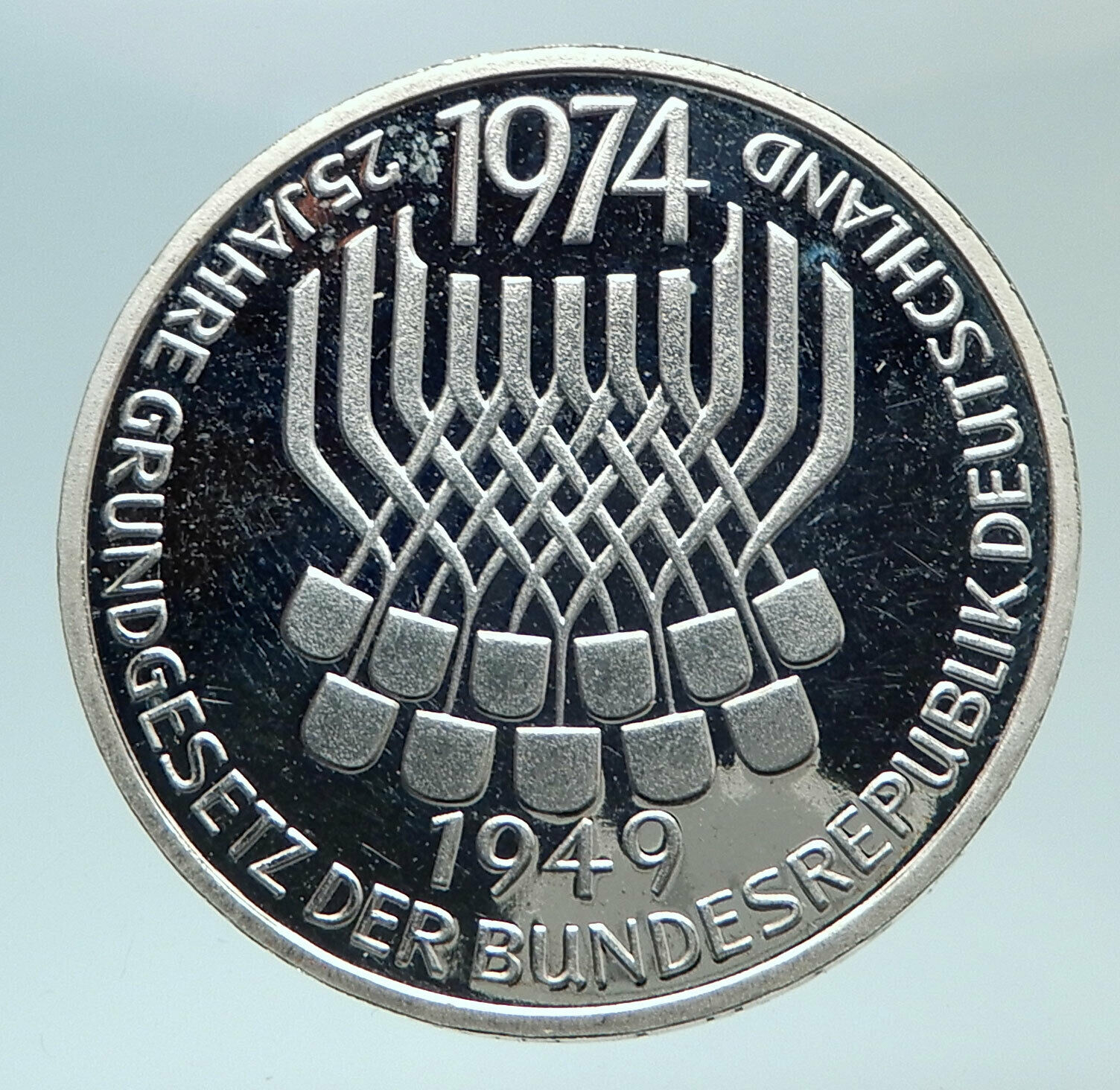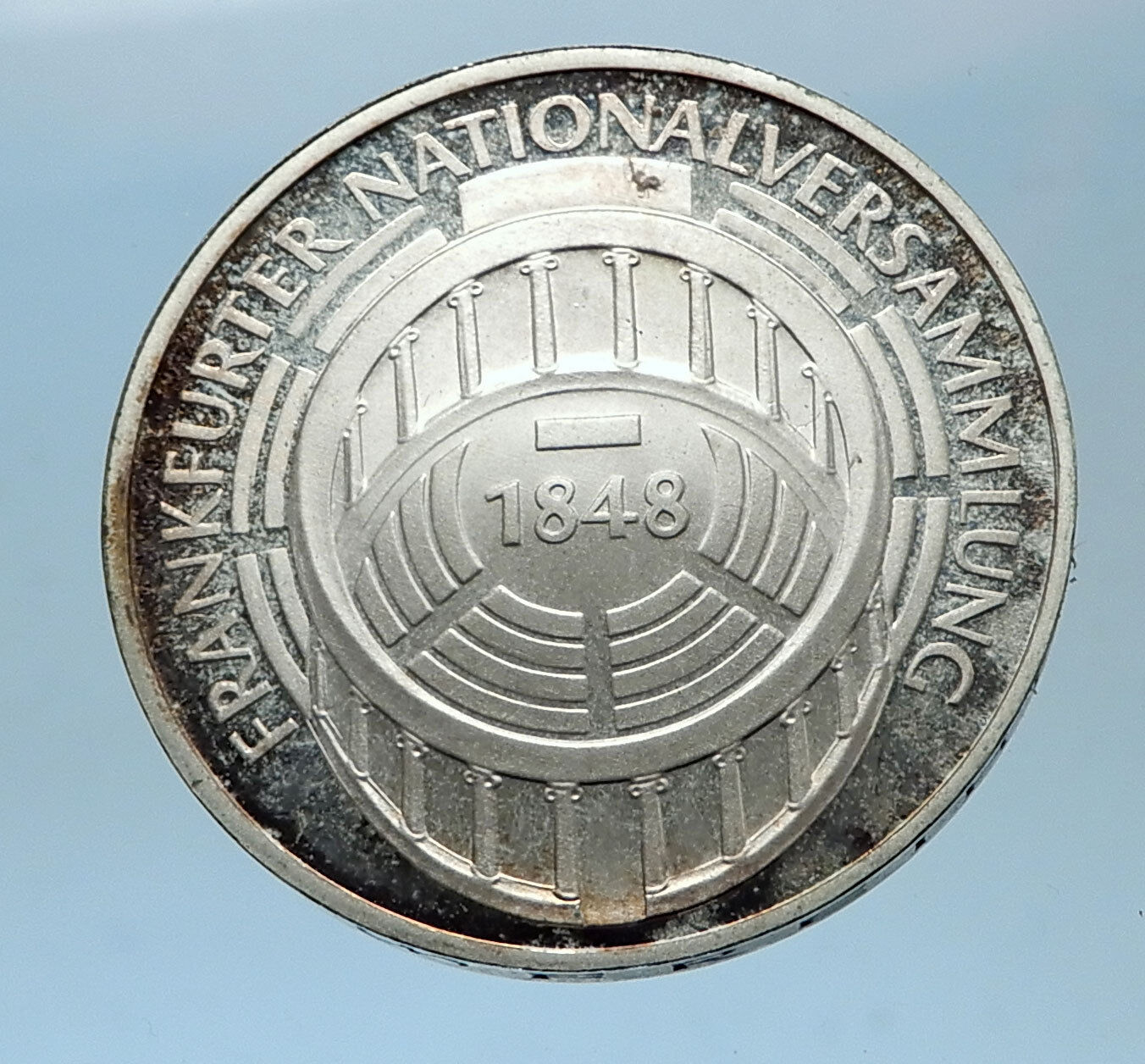|
Item: i75184 |
|
Germany – German Museum Munich Centennial
The museum was founded on 28 June 1903, at a meeting of the Association of German Engineers (VDI) as an initiative of Oskar von Miller. It is the largest museum in Munich. For a period of time the museum was used to host pop and rock concerts including The Who, Jimi Hendrix and Elton John. Museumsinsel The main site of the Deutsches Museum is a small island in the Isar river, which had been used for rafting wood since the Middle Ages. The island did not have any buildings before 1772 because it was regularly flooded prior to the building of the Sylvensteinspeicher. In 1772 the Isar barracks were built on the island and, after the flooding of 1899, the buildings were rebuilt with flood protection. In 1903 the city council announced that they would donate the island for the newly built Deutsches Museum. The island formerly known as Kohleninsel (coal island) was then renamed Museumsinsel Other sites
The Flugwerft Schleißheim branch is located some 18 kilometres north of Munich’s city centre close to Schleißheim Palace. It is based on the premises of one of the first military airbases in Germany founded just before World War I. It comprises the old air control and command centre as well as modern buildings added in the late 2000s after strong endorsement from Franz-Josef Strauss, the then prime minister of the state of Bavaria, who was a passionate flyer. The Flugwerft Schleißheim displays various interesting airplanes for which there was insufficient room at the Museumsinsel site in downtown Munich. Among the more prominent exhibits is a Horten flying wing glider built in the 1940s, restored from the few surviving parts. A collection of the German constructions of VTOL (vertical take off and landing) planes developed in the 1950s and 1960s is unique. A range of Vietnam era fighter planes as well as Russian planes taken over from East Germany after the reunification are on display. This outstation also features a workshop dedicated to the restoration of all types of airplanes intended for static display. The latest branch opened in 2003 and is called the Deutsches Museum Verkehrszentrum, located at Theresienhöhe in Munich, and focuses on transportation technology. The branch located in Bonn was opened in 1995 and focuses on German technology, science and research after 1945. Oskar von Miller Oskar von Miller studied electrical engineering and is otherwise known for building the first high voltage line from Miesbach to Munich (57 km) in 1882 for the electrical technology exhibition at the Glaspalast in Munich. In 1883 he joined AEG and founded an engineering office in Munich. The Frankfurt electricity exhibition in 1891 and several power plants contributed to the reputation of Oskar von Miller. In the early years, the exhibition and the collection of the Deutsches Museum were strongly influenced personally by Oskar von Miller. History A few months before the 1903 meeting of the Society of German Engineers, Oskar von Miller gathered a small group who supported his desire to found a science and technology museum. In a showing of support this group spontaneously donated 260,000 marks to the cause and elected a “Provisional Committee” to get the ball rolling. In June 1903, Prince Ludwig agreed to act as patron of the museum and the city of Munich donated Coal Island as a site for the project. In addition, exhibits began to arrive from Munich, Germany, and abroad including collections from the Bavarian Academy. As no dedicated museum building existed, the exhibits were displayed in the National Museum. On 12 November 1906, the temporary exhibits at the National Museum were ceremonially opened to the public and on November 13 the foundation stone was laid for the permanent museum. The first name of the museum, the “German Museum for Masterpieces of Natural Science and Technology”, was not meant to limit the museum to German advances in science and technology, but to express the importance of science and technology to the German people. Oskar von Miller opened the new museum on his 70th birthday, 2 May 1925, after a delay of almost ten years. From the beginning, the museum displays are backed up by documents available in a public library and archives, which are open seven days a week to ensure access to the working public. Before and during World War II the museum was put on a shoestring budget by the Nazi party and many exhibits were allowed to get out of date with a few exceptions such as the new automobile room dedicated 7 May 1937. By the end of 1944 the museum was badly damaged by air bombings with 80% of the buildings and 20% of the exhibits damaged or destroyed. As Allied troops marched into Munich in April 1945, museum director, Karl Bässler, barely managed to keep the last standing bridge to Museum Island from being blown up by retreating German troops. Following the war the museum had to be closed for repairs and temporary tenants, such as the College of Technology and the Post Office used museum space as their own buildings were being reconstructed. The Museum was also home to the Central Committee of the Liberated Jews, representing Jewish displaced persons in the American Zone of Germany after the war. In November 1945, the library was able to reopen, followed by the congress hall in January 1946. A special exhibit on fifty years of the Diesel engine opened in October 1947 and the regular exhibits began reopening in May 1948. Not until 1965, more than twenty years after the end of the war in Germany, did the exhibit area match (and then exceed) pre-war size. During the 1950s, the museum focused on natural sciences rather than technology and many of the traditional large exhibits, such as civil engineering, were reduced in size to make way for more modern technological advances. In August 1969, the Apollo 8 space capsule was shown in a special exhibit entitled “Man and Space” and in 1970 the first full-time director, Theo Stillger, was appointed. In the 1970s the mission statement of the museum was modified to encourage the explanation of the cultural significance of science and technology in exhibits. The early 1980s saw severe damage to several exhibits due to arson resulting in the smallest exhibit space of 34,140 square meters. This was followed by an extensive reconstruction effort and additional building bringing the total exhibit space to 55,000 square meters by 1993. The 1980s and ’90s also brought agreements with the Science Centre in Bonn and the government resulting in the creation of Deutsches Museum Bonn and the Flugwerft Schleißheim airfield exhibit. In 1996, the Bavarian Government gave buildings at the historic Theresienhöhe site in Munich to the Deutsches Museum resulting in the creation of the new transportation museum, the Deutsches Museum Verkehrszentrum, which opened in 2003 and now houses the road vehicle and train exhibits that were removed from the original Deutsches Museum site. The Theresienhöhe quarter is a new area on the edge of the inner city of Munich, and the Museum of Transport is a part of the quarter’s design of mixed use. Timeline:
In the 21st century, Germany is a great power and has the world’s fourth-largest economy by nominal GDP, as well as the fifth-largest by PPP. As a global leader in several industrial and technological sectors, it is both the world’s third-largest exporter and importer of goods. Germany is a developed country with a very high standard of living sustained by a skilled and productive society. It upholds a social security and universal health care system, environmental protection and a tuition free university education. Germany was a founding member of the European Union in 1993. It is part of the Schengen Area, and became a co-founder of the Eurozone in 1999. Germany is a member of the United Nations, NATO, the G8, the G20, and the OECD. The national military expenditure is the 9th highest in the world. Known for its rich cultural history, Germany has been continuously the home of influential artists, philosophers, musicians, sportsmen, entrepreneurs, scientists and inventors. |
Frequently Asked Questions
Who am I dealing with?
How long until my order is shipped?
How will I know when the order was shipped?
What is a certificate of authenticity and what guarantees do you give that the item is authentic?
Is there a money back guarantee?
When should I leave feedback?
How and where do I learn more about collecting ancient coins?
|





 The Deutsches Museum (German Museum, officially Deutsches Museum von Meisterwerken der Naturwissenschaft und Technik (English: German Museum of Masterpieces of Science and Technology)) in Munich, Germany, is the world’s largest museum of science and technology, with about 28,000 exhibited objects from 50 fields of science and technology. It receives about 1.5 million visitors per year.
The Deutsches Museum (German Museum, officially Deutsches Museum von Meisterwerken der Naturwissenschaft und Technik (English: German Museum of Masterpieces of Science and Technology)) in Munich, Germany, is the world’s largest museum of science and technology, with about 28,000 exhibited objects from 50 fields of science and technology. It receives about 1.5 million visitors per year.  In addition to the main site on the Museumsinsel, the museum has two branches in and near Munich and one in Bonn.
In addition to the main site on the Museumsinsel, the museum has two branches in and near Munich and one in Bonn.  Germany, officially the Federal Republic of Germany is a federal parliamentary republic in western-central Europe. It includes 16 constituent states and covers an area of 357,021 square kilometres (137,847 sq mi) with a largely temperate seasonal climate. Its capital and largest city is Berlin. With 81 million inhabitants, Germany is the most populous member state in the European Union. After the United States, it is the second most popular migration destination in the world.
Germany, officially the Federal Republic of Germany is a federal parliamentary republic in western-central Europe. It includes 16 constituent states and covers an area of 357,021 square kilometres (137,847 sq mi) with a largely temperate seasonal climate. Its capital and largest city is Berlin. With 81 million inhabitants, Germany is the most populous member state in the European Union. After the United States, it is the second most popular migration destination in the world. Various Germanic tribes have occupied northern Germany since classical antiquity. A region named Germania was documented before 100 CE. During the Migration Period the Germanic tribes expanded southward. Beginning in the 10th century, German territories formed a central part of the Holy Roman Empire. During the 16th century, northern German regions became the centre of the Protestant Reformation.
Various Germanic tribes have occupied northern Germany since classical antiquity. A region named Germania was documented before 100 CE. During the Migration Period the Germanic tribes expanded southward. Beginning in the 10th century, German territories formed a central part of the Holy Roman Empire. During the 16th century, northern German regions became the centre of the Protestant Reformation. The rise of Pan-Germanism inside the German Confederation resulted in the unification of most of the German states in 1871 into the Prussian-dominated German Empire. After World War I and the German Revolution of 1918-1919, the Empire was replaced by the parliamentary Weimar Republic. The establishment of the Third Reich in 1933 led to World War II and the Holocaust. After 1945, Germany split into two states, East Germany and West Germany. In 1990, the country was reunified.
The rise of Pan-Germanism inside the German Confederation resulted in the unification of most of the German states in 1871 into the Prussian-dominated German Empire. After World War I and the German Revolution of 1918-1919, the Empire was replaced by the parliamentary Weimar Republic. The establishment of the Third Reich in 1933 led to World War II and the Holocaust. After 1945, Germany split into two states, East Germany and West Germany. In 1990, the country was reunified.




